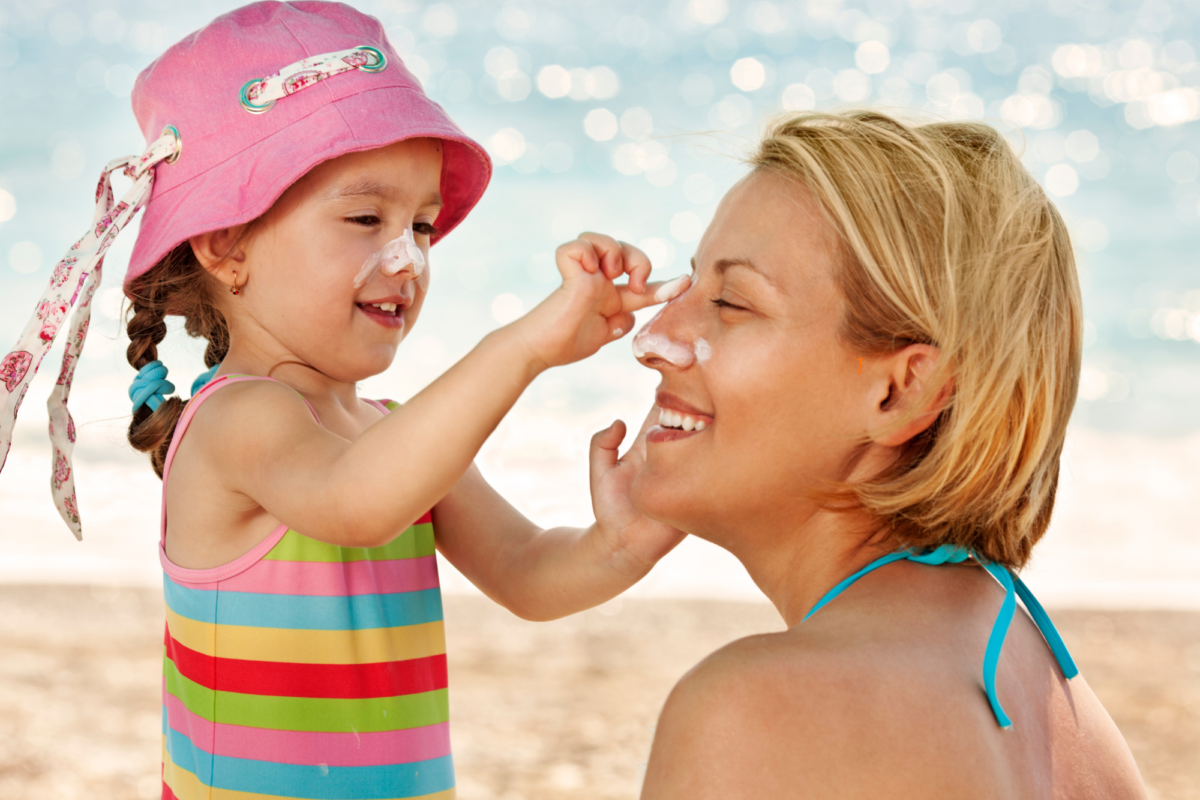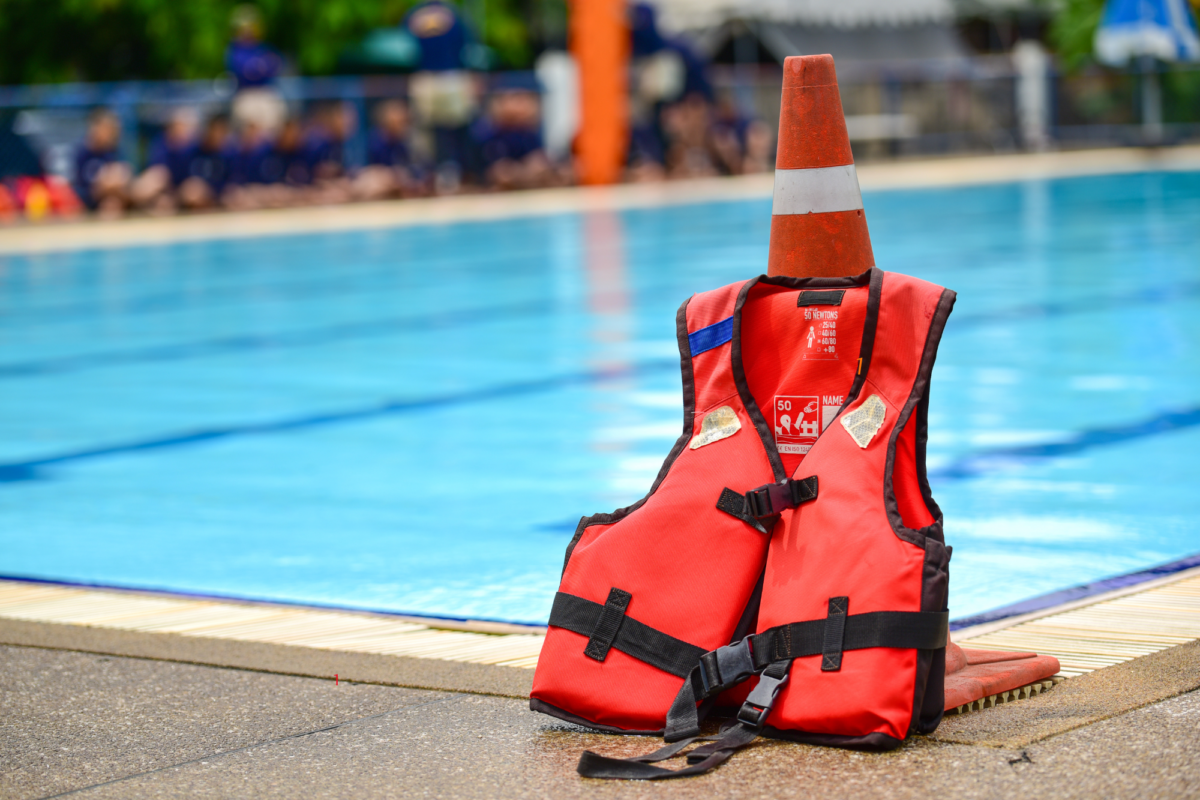Keeping Kids Safe: Pediatricians’ Emphasis on Sun Protection and Swim Safety

As spring unfolds into summer, children eagerly anticipate the joys of outdoor activities, from splashing in the pool to basking in the sunshine. While these seasonal pastimes bring boundless fun, pediatricians emphasize the importance of sun protection and swim safety to safeguard children’s health and well-being. With proactive measures and practical guidance, families can enjoy the sun-drenched months while minimizing the risk of sunburns, heat-related illnesses, and water-related accidents.
Sun Protection:
The sun’s rays, though warm and inviting, pose potential risks to children’s delicate skin. Pediatricians advocate for comprehensive sun protection strategies to shield children from harmful ultraviolet (UV) radiation:
Sunscreen: Encourage families to apply broad-spectrum sunscreen with SPF 30 or higher to children’s exposed skin at least 15-30 minutes before sun exposure. Emphasize the importance of reapplying sunscreen every two hours, or more frequently if swimming or sweating. Kids under 6mo should not use sunscreen all over the body but can use small amount to protect areas like the face that cannot be covered.
Protective Clothing: Recommend lightweight, tightly woven clothing that covers arms, legs, and neck for added sun protection. Wide-brimmed hats and sunglasses with UV protection can shield sensitive areas like the face and eyes from excessive sun exposure. Make sure clothing is spf50.
Seek Shade: Encourage families to seek shade during peak sun hours, typically between 10 a.m. and 4 p.m., when UV rays are strongest. Setting up umbrellas, canopies, or seeking refuge under trees provides a cool retreat from the sun’s intensity.
Hydration: Remind parents to keep children well-hydrated by offering plenty of water, especially during outdoor activities. Encourage frequent water breaks to prevent dehydration and heat-related illnesses.
Avoid Tanning Beds: Strongly advise against the use of tanning beds, which emit harmful UV radiation and increase the risk of skin cancer, particularly in young individuals.
Swim Safety: Water-related activities offer refreshing relief from summer’s heat but require vigilant supervision and safety precautions to prevent accidents. Pediatricians stress the importance of swim safety measures to keep children safe in and around the water:
Supervision: Stress the importance of active supervision whenever children are near water, including pools, lakes, rivers, or beaches. Designate a responsible adult as the designated “water watcher” to maintain constant vigilance.
Swim Lessons: Encourage enrollment in age-appropriate swim lessons to teach children essential water safety skills, including floating, treading water, and basic strokes. Emphasize that swim lessons do not make children “drown-proof,” and supervision remains essential at all times.
Pool Barriers: Advocate for the installation of four-sided pool fencing with self-closing and self-latching gates to prevent unsupervised access to swimming pools. Remind parents to secure pool covers and remove toys or other temptations that may attract children to the water.

Life Jackets: Stress the importance of wearing U.S. Coast Guard-approved life jackets for children who are not proficient swimmers, particularly when boating or participating in water sports. Ensure that life jackets fit properly and are worn consistently while in or around the water.
Water Safety Rules: Educate children about water safety rules, including never swimming alone, staying away from drains or suction outlets, and avoiding diving in shallow water. Reinforce the importance of respecting water and understanding its potential dangers. Drowning is silent and doesn’t occur like the movies and it only takes a few seconds of inattentiveness
Conclusion:
By prioritizing sun protection and swim safety, families can savor the joys of summer while minimizing the risk of sunburns, heat-related illnesses, and water-related accidents. With guidance from pediatricians and a commitment to proactive measures, parents can create a safe and enjoyable environment for children to explore and thrive in the great outdoors. Together, we can ensure that summer memories are filled with laughter, adventure, and above all, safety.
